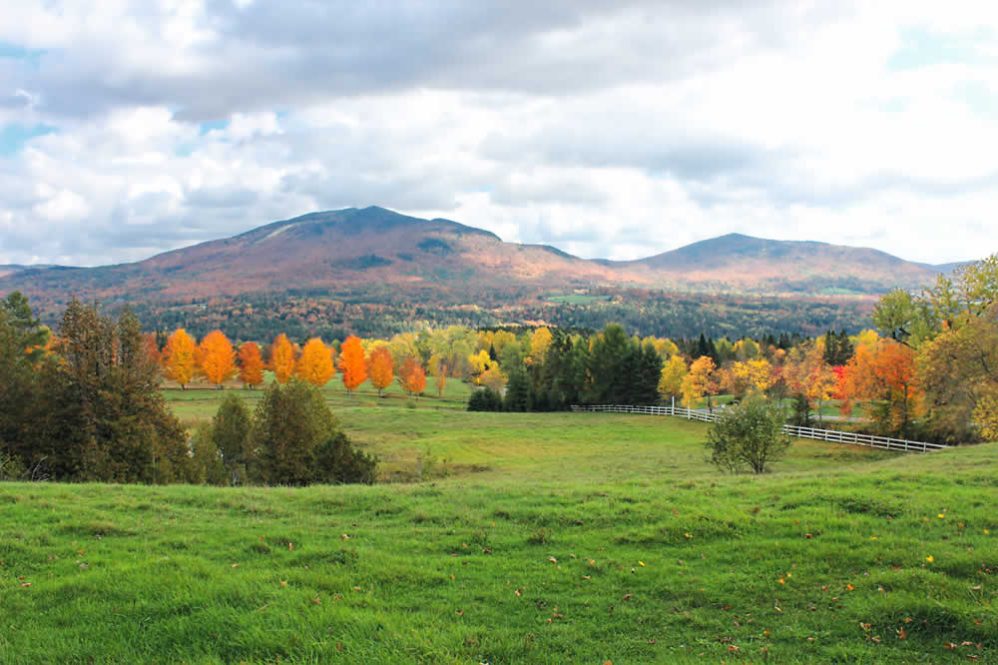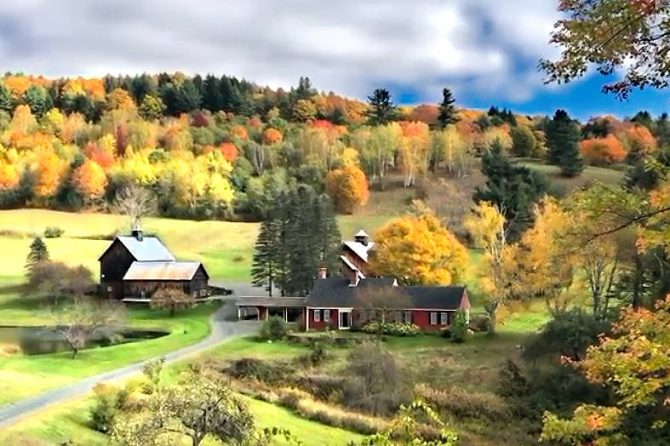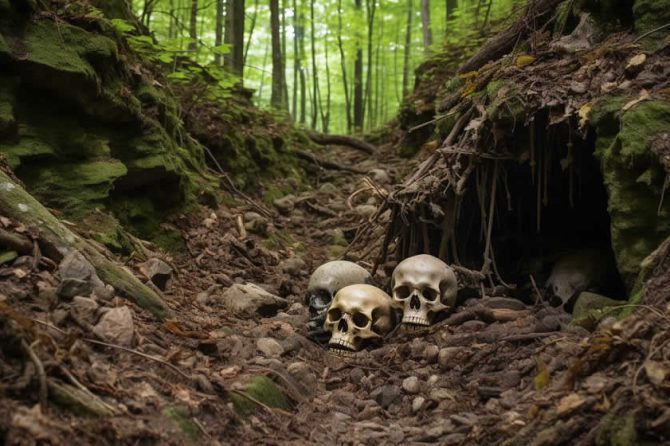You've probably heard of Vermont's maple syrup and stunning fall foliage, but there's so much more to this state's rich history. From its Native American roots to its unique path to statehood, Vermont's past is filled with intriguing stories and pivotal moments.
As you explore the Green Mountain State's heritage, you'll uncover tales of colonial disputes, Civil War bravery, and industrial innovation. But that's just the beginning. What secrets lie hidden in Vermont's rolling hills and historic towns? The answer might surprise you as you journey through the layers of this alluring New England state.

Early Native American Settlement
Vermont's earliest inhabitants were Native American tribes, including the Abenaki and Mohawk, who settled in the region thousands of years ago. These indigenous peoples developed rich cultures and thriving communities long before European explorers arrived.
The Abenaki of Vermont
The Abenaki, part of the Algonquian language family, established themselves in what's now Vermont around 10,000 years ago. They lived in wigwams and longhouses, relying on hunting, fishing, and agriculture for sustenance. You'll find that the Abenaki were skilled craftsmen, creating intricate baskets, pottery, and birchbark canoes. They also developed a complex spiritual belief system centered around the natural world.
The Mohawk, part of the Iroquois Confederacy, occasionally ventured into Vermont's western regions for hunting and trading. These tribes left their mark on the land through archaeological sites, place names, and oral traditions that persist to this day.
As you explore Vermont's history, you'll discover that these early Native American settlements played an essential role in shaping the region's landscape and cultural heritage. Their presence and interactions with European settlers would greatly influence Vermont's development in the centuries to come.
Colonial Period and Statehood
As European explorers and settlers arrived in the region, they encountered the established Native American communities and began to shape Vermont's colonial history. French explorer Samuel de Champlain was the first European to reach the area in 1609, claiming it for France. The British later contested this claim, leading to conflicts during the French and Indian War (1754-1763).
Ethan Allen and the Green Mountain Boys
After the war, Britain gained control of the territory. You'll find that Vermont's colonial period was marked by disputes over land ownership and jurisdiction. New Hampshire and New York both claimed the land, causing tension among settlers. In response, Ethan Allen formed the Green Mountain Boys in 1770 to protect Vermont's interests.

During the American Revolution, Vermont declared itself an independent republic in 1777. It adopted its own constitution, which was the first in North America to prohibit slavery and grant universal male suffrage. Vermont maintained its independence for 14 years before joining the United States as the 14th state in 1791.
This unique path to statehood reflects Vermont's independent spirit and commitment to individual rights, traits that continue to shape its identity today.
Vermont During the Civil War
During the American Civil War, Vermont played a significant role despite its small size, contributing both troops and resources to the Union cause. Vermont's commitment to the Union was unwavering, as it sent over 34,000 soldiers to fight, representing about 10% of its population at the time.
You'll be impressed by the bravery of the Vermont Brigade, which earned a reputation for its fierce fighting at battles like Gettysburg and the Wilderness. Vermont's industries also supported the war effort. The state's foundries produced cannons and ammunition, while its farms supplied food for Union troops.
You'll discover that St. Albans, a town in northern Vermont, was the site of the northernmost land action of the Civil War when Confederate raiders robbed banks there in 1864. As you explore Vermont's Civil War history, you'll learn about notable figures like General George J. Stannard, who played a pivotal role in repelling Pickett's Charge at Gettysburg.
The state's strong abolitionist sentiment also led to its involvement in the Underground Railroad, helping escaped slaves reach freedom in Canada. Vermont's contributions during this critical period in American history were indeed substantial and far-reaching.
Industrial Revolution and Agriculture
The late 19th century witnessed Vermont's economy transform as the Industrial Revolution swept across the state, reshaping both its manufacturing and agricultural sectors. You'd have observed the rise of textile mills, machine shops, and lumber mills along Vermont's rivers, harnessing water power to fuel industrial growth. These new industries provided jobs and sparked urbanization in towns like Burlington, Rutland, and Barre, Vermont.
In agriculture, you'd have seen a shift from subsistence farming to more specialized production. Dairy farming became Vermont's agricultural mainstay, with the state's farmers embracing new technologies like cream separators and refrigerated rail cars. This allowed them to tap into growing urban markets for milk, butter, and cheese.
You'd have witnessed the impact of improved transportation, too. The expansion of railroads connected Vermont's rural communities to larger markets, facilitating trade and boosting the state's economy. This connectivity also brought new ideas and influences to Vermont, gradually changing its cultural landscape.
Despite these changes, you'd have observed that Vermont maintained much of its rural character. The state's rugged terrain and strong agricultural traditions ensured that small farms and close-knit communities remained a defining feature of Vermont life throughout this period of industrialization.
Modern Vermont and Tourism
Vermont's transformation into a popular tourist destination began in the mid-20th century, reshaping the state's economy and culture. You'll find that the state's natural beauty, with its lush green mountains and picturesque landscapes, has become a major draw for visitors. The development of ski resorts in the 1950s and 1960s played a vital role in establishing Vermont as a winter sports haven. Today, you can enjoy world-class skiing and snowboarding at resorts like Stowe, Killington, and Sugarbush.

As tourism grew, Vermont's image as a rural paradise took hold. You'll notice the state's commitment to preserving its small-town charm and natural environment, which has become a key part of its appeal. The fall foliage season attracts thousands of ‘leaf peepers' each year, while summer brings hikers, campers, and outdoor enthusiasts.
Vermont's tourism industry has also embraced its agricultural roots. You can visit maple syrup farms, cheese producers, and craft breweries, all showcasing the state's artisanal food culture. This blend of outdoor recreation, scenic beauty, and local products has solidified Vermont's position as a year-round destination, significantly contributing to its modern economy.
Conclusion
As you've explored Vermont's history, you've seen how it's been shaped by diverse influences.
From Native American roots to colonial struggles, Civil War contributions, and industrial growth, Vermont's past is rich and complex. Today, you can experience this heritage firsthand through historic sites, charming towns, and stunning landscapes.
Whether you're a history buff or nature lover, Vermont's unique blend of past and present offers something for everyone to discover and appreciate.
Thank you for visiting Vermonter.com! Please subscribe to our email list for the latest articles!





